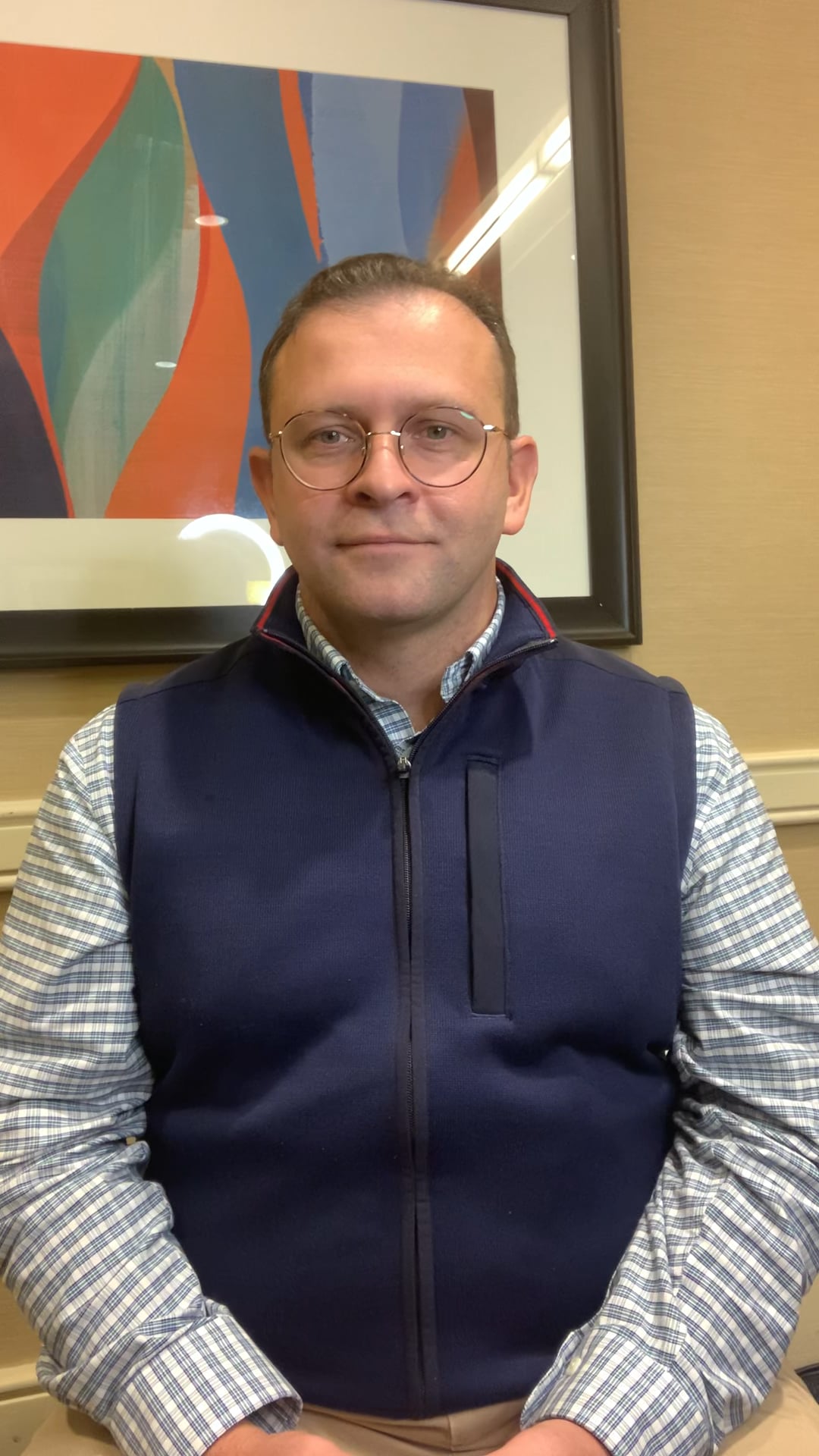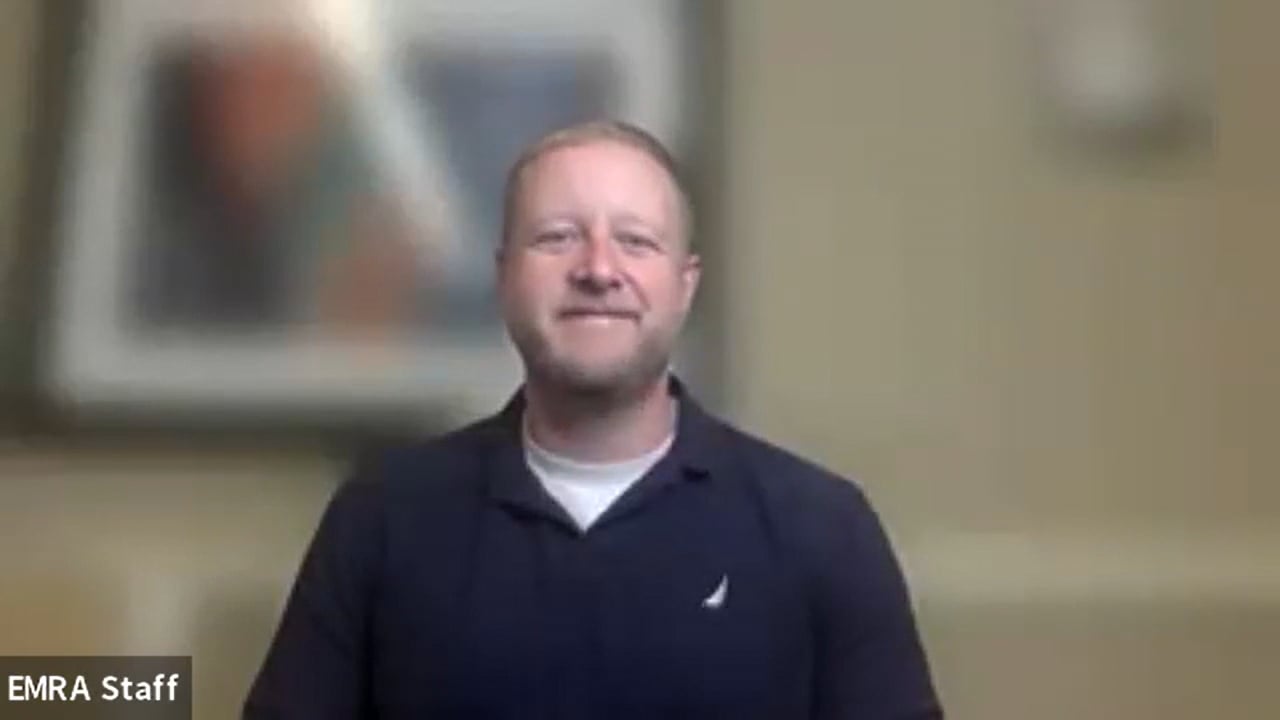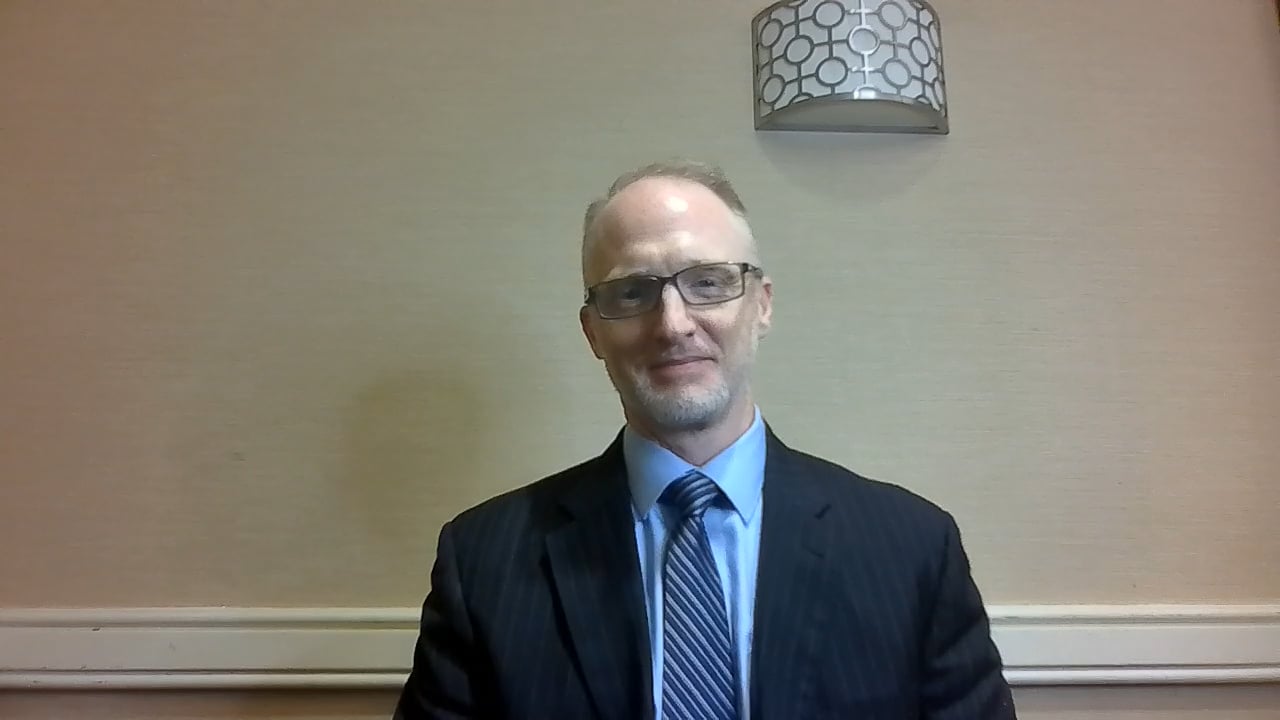Preference Signaling in the Emergency Medicine Match
David Bronstein, David Gordon, Katrina Stevens, Chris Walsh
The 2023 EM Match was the first to utilize preference signaling, a concept adopted from economic game theory to simplify decision-making and allocation of resources1. In labor markets, preference signaling gives job applicants a finite number of ‘tokens’ to signal high interest to possible employers. Since each applicant can only signal a limited number of employers, it provides employers with valuable data. In turn, employers can allocate their resources to the applicants with the most interest.
Within the residency match preference process, applicants are distributed ‘tokens’ or “signals” which they assign to any program where they apply. Essentially, it provides program directors with a list of the ‘most interested’ individuals out of the hundreds of qualified applicants, which can form a consideration in outreach efforts to identify those who might be a strong fit for the program. Program directors can focus their energy on these applicants and draw their attention to applicants they may not have been alerted to initially. Students are empowered with the transparency signals provided, hopefully leading to more interviews at programs they genuinely want to attend.
Preference Signaling In Emergency Medicine
Though preference signaling was new to EM this past cycle, ‘preferencing’ has been used across 16 specialties in the medical residency match. It was first proposed in 2017 for the ENT match and implemented in 2020-2021 after computer models demonstrated it could be effective2,3,4. This initial pilot showed that signals increased interview yield by 58%5. After this resounding success, internal medicine, general surgery, dermatology, and urology all instituted preference signaling in 2021-20226,7.
As preference signaling is a new concept in the emergency medicine match process, recommendations are changing as the program evolves. In the 2022-2023 match cycle, students were awarded 5 tokens and instructed not to ‘signal’ their home program or any away programs, as these institutions should already know the student’s intentions. However, in the current 2023-2024 match cycle, students are expected to be awarded 7 total tokens. With the two additional tokens, students should signal both their home program and any program where they completed an away rotation to continue to express interest in those programs. Although specific guidelines for which programs should be signaled may vary during the initial implementation of the preference signaling program, the general idea remains the same – signal those programs in which you want to convey a strong personal interest. You can consult your EM advising team to help determine the best use of your signals.
Geographic Signaling
Also in the coming year, geographic signals will be incorporated into the emergency medicine match. Geographic signaling has also already been utilized in other specialties8. If students have a preference for geographic regions, they will be asked to select up to three of nine census regions across the US and have the opportunity to write a statement describing each preference. It is advised for students to select geographic regions that align with the programs they preference signaled. There is also the opportunity to evaluate preference for an urban or rural practice setting. This allows students to alert programs of their interest in specific regions of the country that they otherwise do not have ties to. This, along with preference signaling, should aid residency programs in offering interviews to those students most interested in attending their program.
How have program directors used signaling so far?
Based on the AAMC’s materials relating to ERAS, preference signaling was a consideration as program directors were determining who to interview across specialties9. Most advisors responding to the ERAS survey (n=283) noted that they agreed or strongly agreed that students should signal programs based on their true preferences (85%) and students’ competitiveness (77%). With preference signaling, faculty most commonly recommended a strategy where students signal a mix of more or less competitive programs (93%, 246/308). As preferencing becomes further established within the emergency medicine match process, faculty advisors may provide more specific recommendations for individual students’ match strategies.
How will preferencing tentatively work in the upcoming cycle (2023-2024)?
- EM Match will be participating in preference signaling.
- Signaling occurs within Electronic Residency Application Service (ERAS).
- Geographic signaling based on regions (new for 2023-2024; used across many specialties in prior years)
- 7 program signals are available for applicants, regardless of home and away status (adjusted number of signals; new instructions for home and away programs for 2023-2024)
As we approach application season, more information for the 2023-2024 match cycle is forthcoming. Look out for the revised EMRA and CORD advising guide coming this April. EMRA will also continue to have monthly Hangouts and newsletters to keep you up to date on the newest information to be successful this cycle!
Further Reading
- https://westjem.com/editorial/making-our-preference-known-preference-signaling-in-the-emergency-medicine-residency-application.html
- https://www.cordem.org/resources/preference-program-signaling/
- https://www.aamc.org/media/64501/download
Citations
1Coles P, Kushnir A, Niederle M. Preference signaling in matching markets. Am Economic J: Microeconomics. 2013;5:99-134. DOI: 10.1257/mic.5.2.99
2Salehi PP, Benito D, Michaelides E. A novel approach to the national resident matching program: the Star System. JAMA Otolaryngol Head Neck Surg. 2018;144(5):397-8. DOI: 10.1001/jamaoto.2018.0068
3Whipple ME, Law AB, Bly RA. A computer simulation model to analyze the application process for competitive residency programs. J Grad Med Educ. 2019;11(1):30-5. DOI: 10.4300/JGME-D-18-00397.1
4Otolaryngology preference signaling: Updates. (2021) Retrieved March 16, 2023 from
https://opdo-hns.org/mpage/signaling-updates
5Pletcher SD, Chang CWD, Thorne MC, Malekzadeh S. The Otolaryngology Residency Program Preference Signaling Experience. Acad Med. 2022;97(5):664-668. doi:10.1097/ACM.0000000000004441
6Introducing preference signaling pilot into the urology match. (2021) Retrieved March 16, 2023 from https://sauweb.org/match-program/signaling/guidance.aspx
7Supplemental ERAS application guide. (2021) Retrieved March 16, 2023.
https://students-residents.aamcorg/media/12326/download?attachment
8Supplemental ERAS 2022-2023 Application Cycle: Evaluation of Geographic Preferences (2023) Retrieved April 2, 2023 from https://www.aamc.org/media/64501/download
9Supplemental ERAS 2022-2023 Application Cycle: Results of the Advisor Reaction Survey (2023) Retrieved April 2, 2023 from https://www.aamc.org/media/64376/download
Related Content







